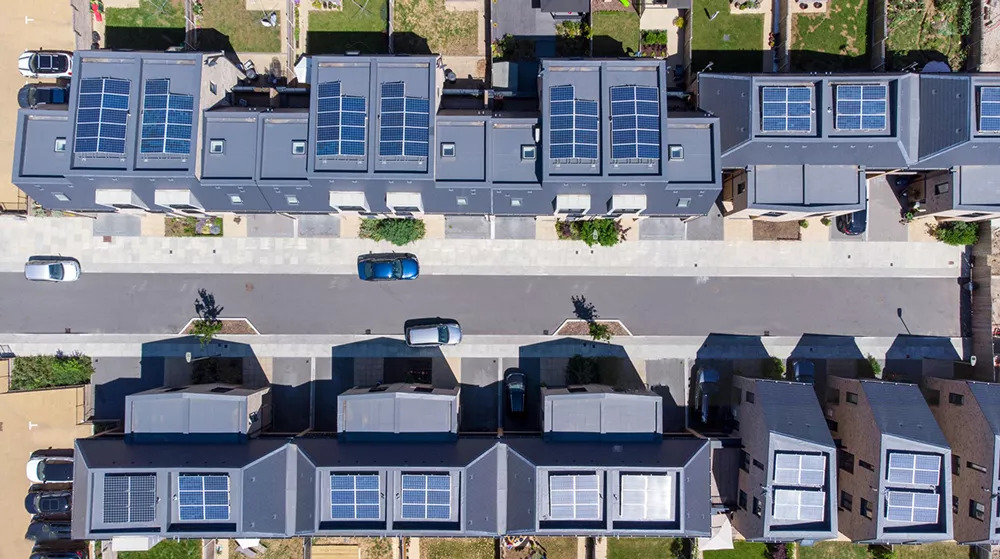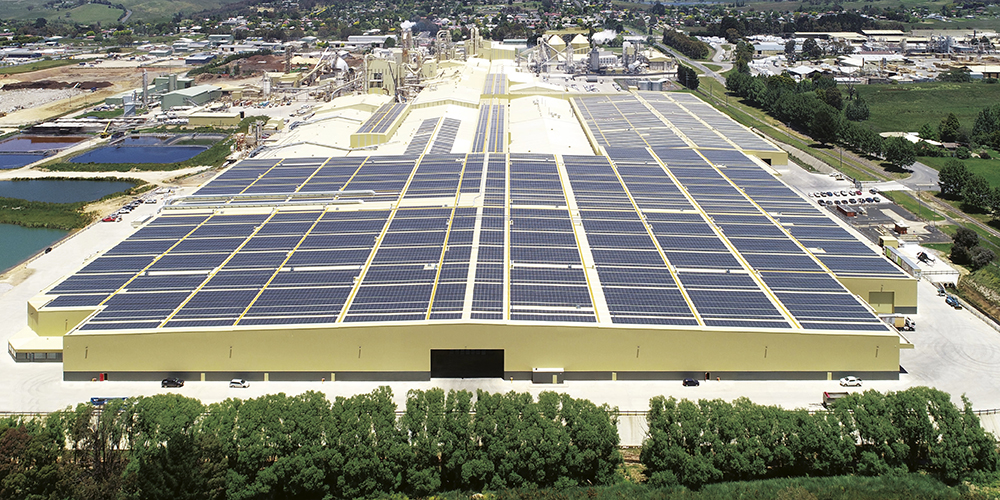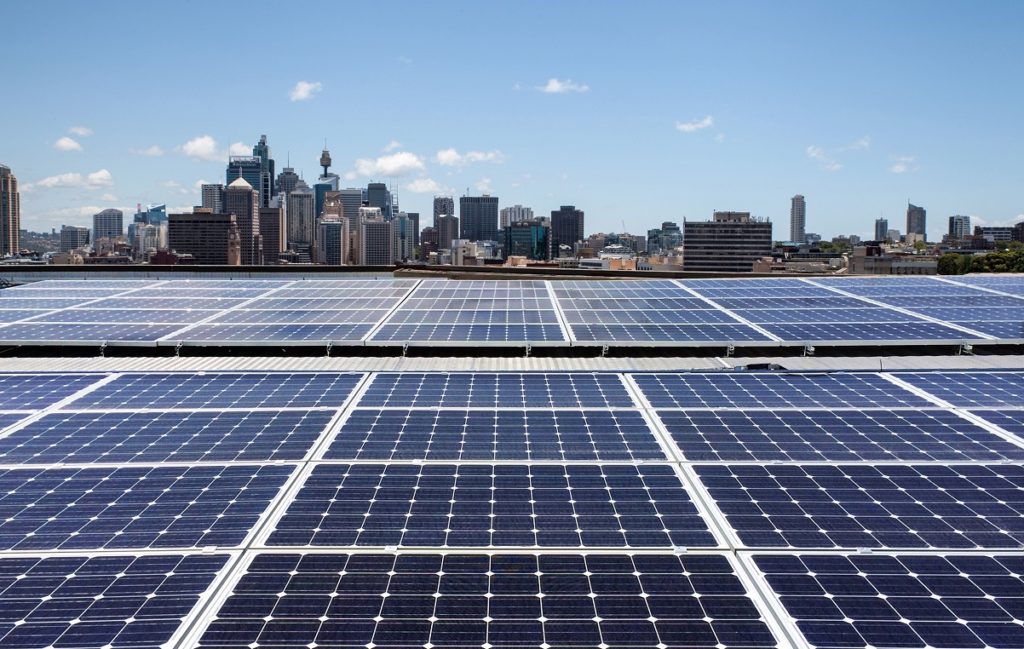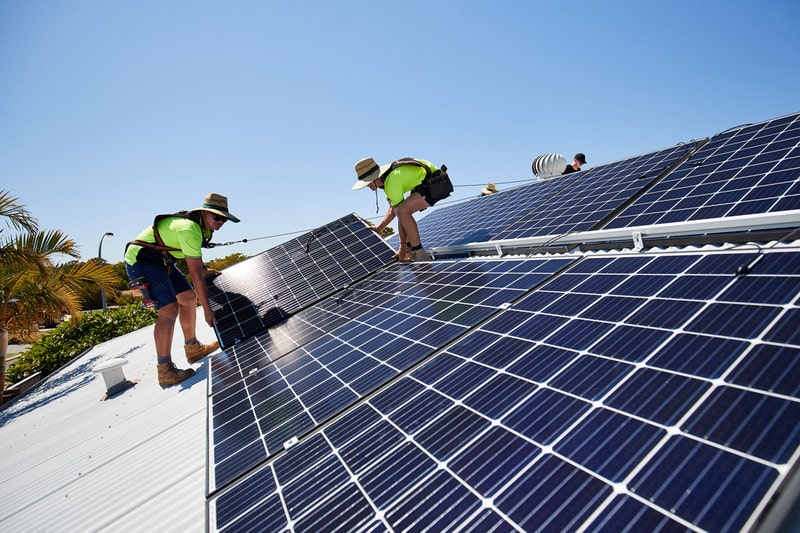Navigating the Energy Transition
Australia is currently navigating a monumental shift in its technological landscape, particularly in the energy sector. A mere twenty years ago, the country’s energy landscape was dominated by fossil fuels, accounting for over 90% of energy production, while renewables contributed a meagre 8%. Fast forward to today, and renewables have carved a significant place in the market, contributing to 32% of the total energy generation.
The electricity sector, being a major contributor to fossil fuel emissions in Australia, holds a pivotal role in mitigating the impacts of climate change and steering the country towards the objective of net-zero emissions. The journey so far has been remarkable, but the road ahead is steep. To meet the federal government’s ambitious 2030 target, Australia has less than a decade to amplify its renewable electricity generation substantially.
Strategic Planning for Renewables
Navigating this transformation involves grappling with the vast and intricate National Electricity Market (NEM), which encompasses all states and territories, excluding Western Australia and the Northern Territory. A meticulous plan has been laid out to propel the NEM towards achieving a 100% renewable energy goal by 2050. This involves a multifaceted approach, including quintupling rooftop solar installations and augmenting large-scale wind and solar energy production by ninefold.
A significant challenge lies in bridging the storage gap to ensure that renewable energy is consistently available, irrespective of variable weather conditions. This necessitates bolstering storage capacities, incorporating batteries, and pumped hydro facilities that can be operationalised as per demand. Traditional coal-fired power sources are projected to be obsolete by 2043, with gas generators lingering a bit longer, serving as peaking plants. The vision is to eventually supplant these with renewable fuels like green hydrogen.

Challenges and the Road Ahead
However, the pathway to achieving the 2030 and 2050 targets is fraught with uncertainties and challenges. Industry experts express reservations about the feasibility of these goals given the current pace of progress. Despite renewables nearing 40% of energy production, there’s a need for a significant surge in large-scale wind and solar projects, which currently face stagnation due to various challenges such as rising costs and robust international demand.
The journey towards a renewable energy-dominated landscape is a colossal one. It requires not only a massive scale-up in renewable energy projects but also infrastructural enhancements, including the construction of over 10,000 kilometres of new transmission lines. The realisation of these ambitious renewable energy goals is a monumental task, demanding innovative solutions, strategic investments, and a steadfast commitment to transforming Australia’s energy landscape.
Unlocking Rooftop Potential
Australia’s rooftops hold immense potential in the nation’s transition towards renewable energy. Small-scale solar installations offer a direct pathway for Australians to contribute to this transition, bypassing the wait for large-scale projects to materialise. This not only fosters a move towards sustainability but also presents a cost-effective solution, especially in the face of fluctuating energy prices influenced by global events impacting fossil fuel costs. However, the adoption of rooftop solar has not been uniform across the country. Urban areas, despite having a substantial number of solar panels on residential and commercial buildings, show lower adoption rates per dwelling or household.
Associate professor Anna Bruce from UNSW’s Energy Institute highlights that the popularity of rooftop solar began soaring around 2012. A confluence of factors such as declining global solar prices, attractive government subsidies, and rising electricity prices made solar investments particularly appealing. Australia’s abundant solar resources and high home ownership rates further fuelled this trend, creating a conducive environment for solar energy to flourish and become highly competitive.

Navigating Barriers and Inequalities
Despite the progress, there exists a significant disparity in solar uptake across different regions and types of dwellings. Areas with higher home ownership and individual houses have seen a more substantial adoption of solar energy. Conversely, regions with a higher concentration of apartments and medium to high-density living spaces lag in solar adoption. The structural ownership of apartment buildings, usually managed by body corporates or strata, poses challenges to the installation of solar panels.
Experts like Dan Cass, executive director of Rewiring Australia, believe that government policies and investments can play a pivotal role in overcoming these barriers. He envisions a future where every building, whether rented or owner-occupied, commercial or residential, could be equipped with solar panels. This vision entails saturating cities and suburbs with solar energy, accelerating the departure from fossil fuels, and reducing the overall cost of the energy transition.
Exploring Untapped Opportunities
There’s a consensus among experts that vast untapped potentials still exist, particularly in commercial and industrial sectors. These sectors have recently shown a growing interest in solar energy, recognising it as a fitting solution that aligns well with their energy demands. Commercial properties, for instance, consume electricity predominantly during daylight hours when solar energy production is at its peak. This synergy presents a promising avenue for further investments and the expansion of solar energy in the commercial sector, marking a significant stride towards a more sustainable and energy-efficient Australia.
The Solar Surge: A Blessing or a Challenge?
While the rise of rooftop solar in Australia is a promising sign for sustainable energy, it’s not without its challenges. On particularly sunny days, the grid can be overwhelmed with the influx of energy. As Osmond points out, the market operator’s task is to maintain a precise balance between supply and demand every moment. Traditional energy sources like coal, gas, and hydro offer a predictable output. However, with rooftop solar, the Australian Energy Market Operator (AEMO) faces a lack of control, making the balancing act more complex.
Yet, Dan Cass argues that it’s unjust to point fingers at rooftop solar for these challenges. He expresses frustration over the tendency to blame the technology and Australian households for the grid’s shortcomings. Cass emphasises that the onus was on the Australian Energy Market Operator to anticipate the solar revolution and adapt accordingly, a step they seemingly missed.
Bridging the Gap with Battery Storage
Osmond suggests a tangible solution to this challenge: battery storage. By pairing rooftop solar installations with batteries, both at the residential and utility levels, the excess power during peak times can be effectively stored. This not only stabilises the grid but also maximises the benefits of solar energy. While some regions, like the Northern Territory, offer subsidies for residential batteries, Osmond believes a national scheme is essential to encourage households to integrate batteries with their solar setups.
However, the narrative around home batteries is evolving. Dan Cass opines that while initially seen as indispensable, the emphasis on individual home batteries is waning. Instead, the focus is shifting towards large-scale and community batteries. The federal government’s initiative to establish 400 community batteries, catering to around 100,000 households, underscores this trend.

Electric Vehicles: The Dual-Purpose Solution
Electric vehicles (EVs) are emerging as another innovative solution. These vehicles can be charged during the day and, in turn, power household appliances at night, acting as makeshift home batteries. This dual functionality could reduce the need for separate home batteries. Cass further highlights the potential of shared charging infrastructure, allowing individuals to charge their EVs during work or academic hours.
Simulating a Renewable Future
David Osmond, a wind engineer, has been simulating Australia’s electricity grid, envisioning it powered almost entirely by renewables. By using real wind and solar data, he explores the grid’s potential response to a future dominated by these energy sources. In his projections, rooftop solar could cater to up to a quarter of Australia’s annual electricity requirements, a significant leap from the 10% contribution in 2022. Osmond’s insights underline the remarkable growth of rooftop solar in Australia, with its contribution increasing steadily each year.
Navigating the Transmission Maze
Australia’s journey towards renewable energy is marked by innovation and the persistent challenge of distribution. The geographical locations of coal and gas-fired generators differ from renewable energy sources, necessitating the construction of new transmission lines. Enhanced transmission lines facilitate energy flow between states, allowing energy-rich areas to supply to others as needed. However, this idea is met with some controversy. As Osmond notes, batteries could manage the supply balance between states, but improved interconnection simplifies the task for electricity market operators.
Building these transmission lines, however, is fraught with obstacles such as outdated regulations, community opposition, and escalating costs. Dan Cass from Rewiring Australia points out that the absence of a coherent national plan for transitioning to renewables has left Australia in a precarious position, scrambling to catch up with evolving needs and technologies.
Harnessing the Power of Rooftop Solar
Rooftop solar emerges as a beacon of hope in this transformative journey. It presents a direct way for Australians to contribute to the energy transition, bypassing the wait for large-scale projects. Cass emphasises the remarkable potential of rooftop solar to expedite Australia’s shift away from fossil fuels. He heralds Australian households as the unsung heroes in the march towards zero emissions, underscoring the significance of their role in the broader energy landscape.
The vision of a renewable future hinges on monumental investments in energy generation, storage, and transmission. It demands concerted efforts from governments, industries, and communities to meet ambitious objectives, especially as electricity consumption is projected to soar due to the electrification of various sectors.

Revolutionising Consumption Patterns
The evolution of energy sources has led to a reevaluation of consumption habits. In the era of coal dominance, cheaper electricity rates at night led to the creation of systems encouraging night-time consumption.
Solar power has flipped the script on electricity consumption. In the past, the coal-heavy grid made night-time the go-to for cheaper rates, pushing households to use power when the stars were out. Now, the sun’s rays bring the savings, turning daylight hours into the prime time for affordable electricity use. This shift has nudged the market, bringing in new tariffs and perks to get people using power when the sun is shining, making every kilowatt greener.
Innovation is buzzing, too. Ideas like virtual power plants are popping up, thinking of home batteries and electric car chargers as pieces of a bigger puzzle, working together to make energy use and distribution slicker.
And looking ahead, the road to a renewable future isn’t without its bumps. It’s a journey of constant challenge, needing the brains and bravery of scientists, engineers, and leaders. Rooftop solar is a bright spot, showing the leaps we can make towards cleaner energy. But it’s not the only player in the game. As Anna Bruce highlights, rooftop solar is a big win, but it’s part of a team, alongside other renewables, better grids, and beefed-up storage, all shooting for the same goal: a sustainable, zero-emission future.


Leave a Reply